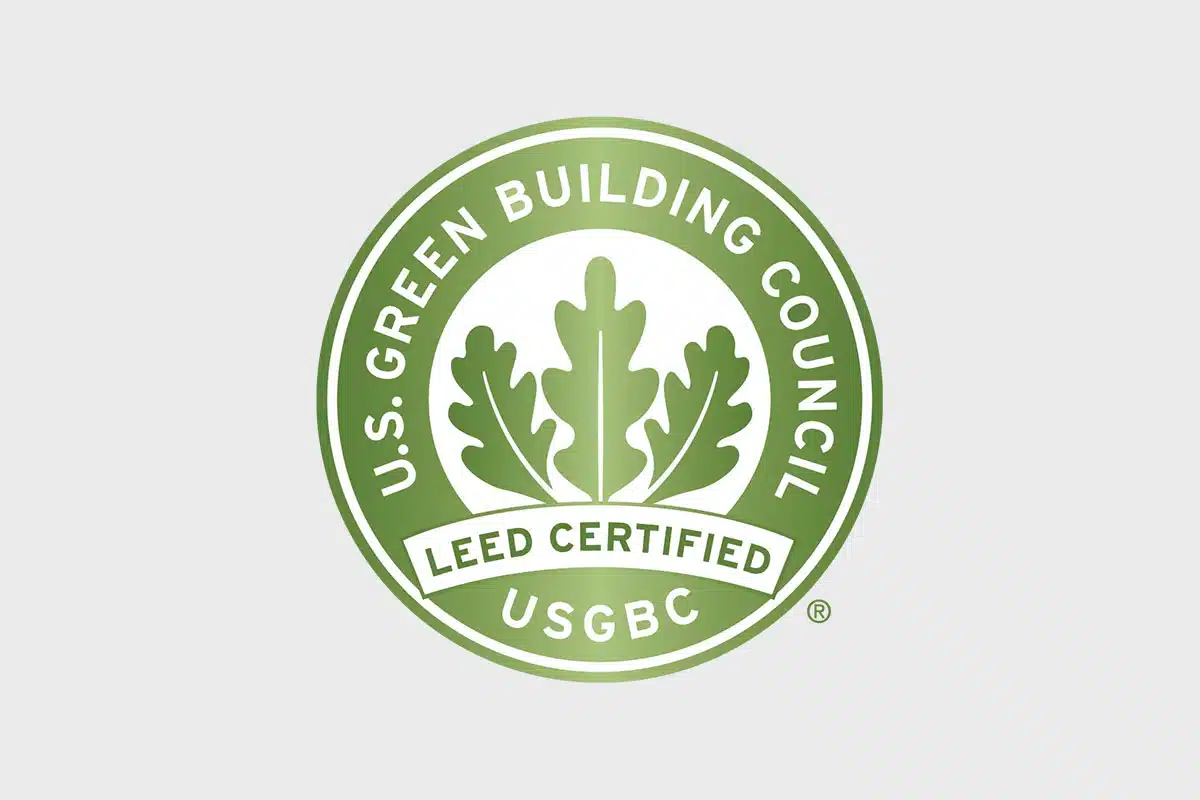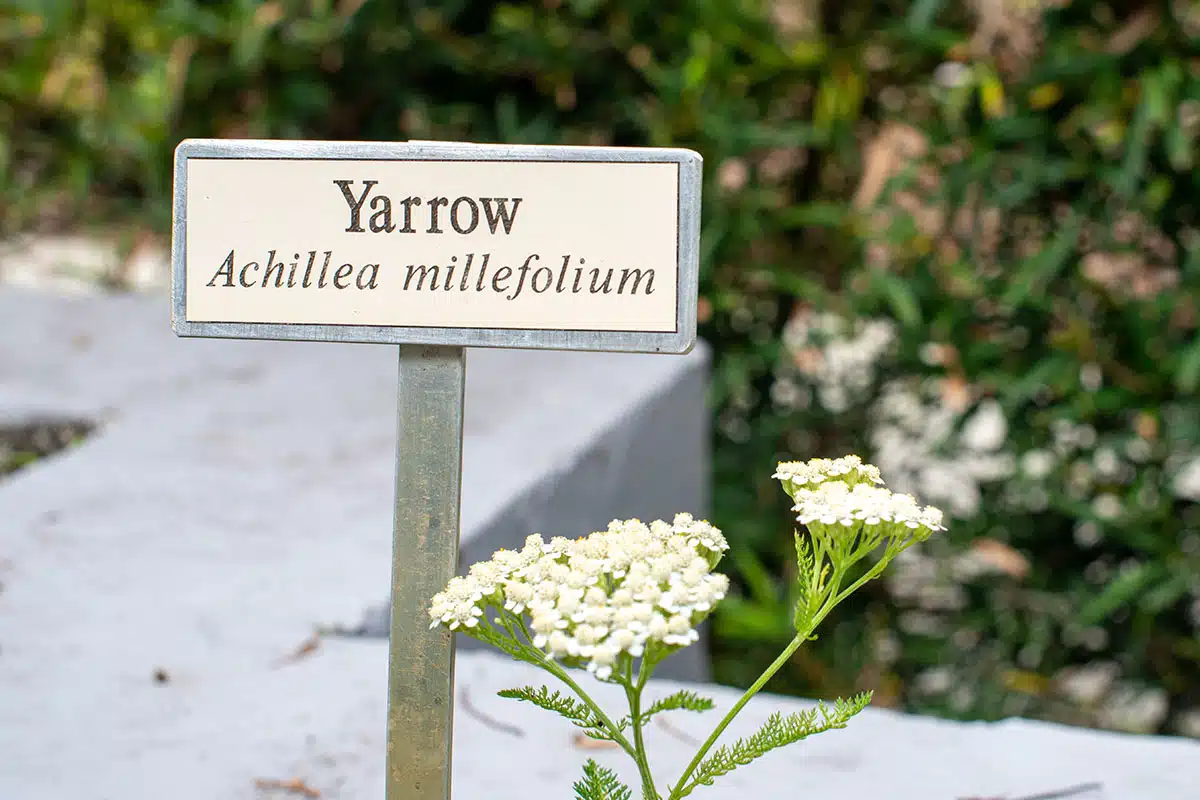As environmental awareness continues to gain momentum, and customers become more cognizant of climate concerns, sustainable landscape design is growing more important. Businesses are now expected to play their part in safeguarding the planet’s future, not only in the products and services they offer, but also in the way they manage their own capital assets, including their commercial properties.
Small steps, such as modifications to an irrigation system, or a bigger move—like replacing a water-thirsty lawn—will all make an impact.
Your company’s landscaping is part of its public image. And now more than ever, that image has to be sustainable. So, what does it take for a commercial property to have a sustainable landscape? The answer depends on your sustainability goals.
Maybe sustainable landscaping seems like a distant goal for your organization. Or perhaps you’re already considering a complete redesign. Or maybe you simply want to make small yet impactful landscaping changes. Whatever your goals, here are some of the best practices for transforming your outdoor space into a verdant haven that will both please visitors and raise your brand profile.
Sustainable Landscape Design and Redesign
The good news about embracing a sustainable landscape is that it’s not an all-or-nothing approach. Changes can be made step by step over time in a way that works best for your business. Small steps, such as modifications to an irrigation system, or bigger moves—like replacing a water-thirsty lawn—will all make an impact.
Whatever approach you take, incorporating one or all of these practices will go a long way to conserving resources, maintaining habitats, and creating stunning vistas.
- Sustainable Hardscape Materials: This is where creative muscles can really be flexed! Eco-friendly hardscape materials like reclaimed wood, recycled concrete, or metal found at salvage yards and construction sites can be used in unique ways, giving these resources a new purpose that’s vastly different from their first-life use. Think railroad ties for low retaining walls instead of new lumber, and recycled concrete for walkways. Broken-down concrete can also be used as an alternative to rocks, gravel, and pebbles, allowing rainwater to filter into the soil instead of streaming into storm drains. These choices signal that your company values innovation, creativity, and resource conservation.
- Rooftops and Walls: Roof gardens and green walls are not just Instagram-worthy property enhancements, they also provide numerous environmental benefits. Rooftop gardens in particular have been shown to reduce the urban heat island effect and to help insulate buildings during heatwaves and in cold weather, leading to energy savings from less HVAC use. Green or living walls can be constructed for vertical verdancy in several different ways, such as mounting soil-containing panels to walls, or installing a trellis system where climbing plants can grow from the ground up. Green walls do incur maintenance and installation costs; however, their net environmental value is a big positive. In addition to the calming effects of green, vibrant spaces, vertical gardens have been shown to reduce noise, temperature, and even particulate matter.
- Native and Drought-Resistant Plants: Native plants that are well-adapted to the local climate can be a practical yet beautiful addition to any landscape. These plants are generally more resilient and often require less maintenance. In naturally dry climates, native plants have evolved to survive droughts, and these hardy species help conserve water resources. For colder climates, plant species well-adapted to frost and snow are good choices and often thrive with minimal intervention.
- Sustainable Lighting: You can reduce the carbon footprint of your property by using energy-saving lighting in all outdoor areas. Energy-efficient LED lighting consumes significantly less electricity than traditional lighting options, leading to reduced energy consumption and lower utility costs. Moreover, LED lights have a longer lifespan, reducing replacement costs.
- Solar Power: A great way to power your sustainable lighting is with solar energy. Solar lighting systems operate independently of a building’s electrical grid, and so are a viable option even if the building itself doesn’t use solar power. Although solar may not be an option for all parts of the country, many solar-powered fixtures have backup batteries for cloudy or rainy days. And with some lighting systems, the solar panels that power the lights can be installed in a different area from the light fixtures to optimize energy collection.
Sustainable Landscape Maintenance
Whether you’re managing small perimeter gardens with a few flowers, or large grounds with mature trees, regular sustainable landscape maintenance is imperative to optimize these environmentally friendly habitats and keep up appearances. Here are some of the most important practices to keep in mind:
- Integrated Pest Management (IPM): IPM is an eco-friendly approach to pest control that focuses on long-term pest prevention and minimal use of hazardous chemicals. It involves a combination of strategies such as monitoring, biological control, habitat manipulation, and targeted pesticide application. Adopting these practices reduces the reliance on harmful pesticides and herbicides and promotes natural insect populations that help maintain an ecological balance throughout the grounds.
- Efficient Irrigation Systems: Even if you are not ready to switch to a new irrigation system, regular checks and maintenance of your existing system will go a long way to conserving water. Regular inspection across your entire irrigation network will mean leaks do not go unnoticed, and sprinklers can be kept in optimal working order. And if you’re interested in an easy, smart upgrade, consider installing an irrigation sensor that uses soil conditions and/or weather data to regulate watering schedules. These sensors can easily plug into your existing system, allowing you to modify the system without completely replacing it.
- Mulching for Every Season: In the summer, laying down mulch prevents water evaporation around plants and shrubs. In the winter, mulch acts as an insulating layer. This easy and natural maintenance method is perfect for a sustainable landscape. There is one caveat, however: Be sure that the mulch you use is certified as all natural and chemical free, as some commercial mulches contain toxic chemicals that don’t belong in a sustainable landscape. Likewise, rubber mulch will not decompose or provide the soil with any organic matter. For these reasons, both artificially dyed and rubber mulch are best avoided. Consider asking your landscaper to generate mulch from your property’s tree and shrub debris. Even grass cuttings that would otherwise go to the landfill can be given a useful second life.
Show Off Your Sustainable Landscape
Yes, it’s time to boast. Now that you’ve taken steps to implement environmentally smart changes to your outdoor presence, here are some ways to let customers know about it.
- Certification and Awards: Seek certifications like LEED (Leadership in Energy and Environmental Design) or recognition from local environmental organizations to validate your sustainable practices. LEED certification is a globally recognized symbol of sustainability and is associated with increased occupancy rates and higher rents. It’s recognized by ESG investors as validation of your environmental efforts and gives your company greater visibility. Displaying certifications like this prominently in your marketing materials and in your buildings acts as an ecological seal of approval.
- Educational Signage: Install informative signs throughout the property to educate visitors about the sustainable features and initiatives in place. Small name plaques for native plants and shrubs, for example, not only raise awareness but also encourage engagement and support.
- Sanctuary Spaces: Everyone loves being in a green space. Dedicating even a small area within your landscape to the enjoyment of customers, tenants, employees, and visitors will leave a lasting impression. A small gazebo or shade structure surrounded by native plants—or even a simple park bench under a tree—creates a peaceful oasis that visitors will remember.
- Social Media and Content Marketing: Leverage social media platforms and content marketing to share stories, photos, and updates about your company’s sustainable landscape efforts. Invite visitors to take a walk through your landscaped areas. You can even post about the various plant species that are found in your sustainable landscape. Highlighting the positive environmental and community impacts of your landscaping choices will resonate with stakeholders and customers.


Your Great Outdoors
A sustainable landscape presents a win-win scenario. Businesses that adopt environmentally friendly landscaping and maintenance practices not only reduce their ecological footprint but also bolster their reputation and brand identity. Your outdoor space serves as a tangible demonstration of your organization’s commitment to the environment, one that will garner support and loyalty from anyone visiting your premises or even reading about it online.
As the world continues to prioritize sustainability, businesses that embrace these green initiatives are better positioned to thrive in a landscape of eco-conscious consumers and environmentally aware stakeholders.